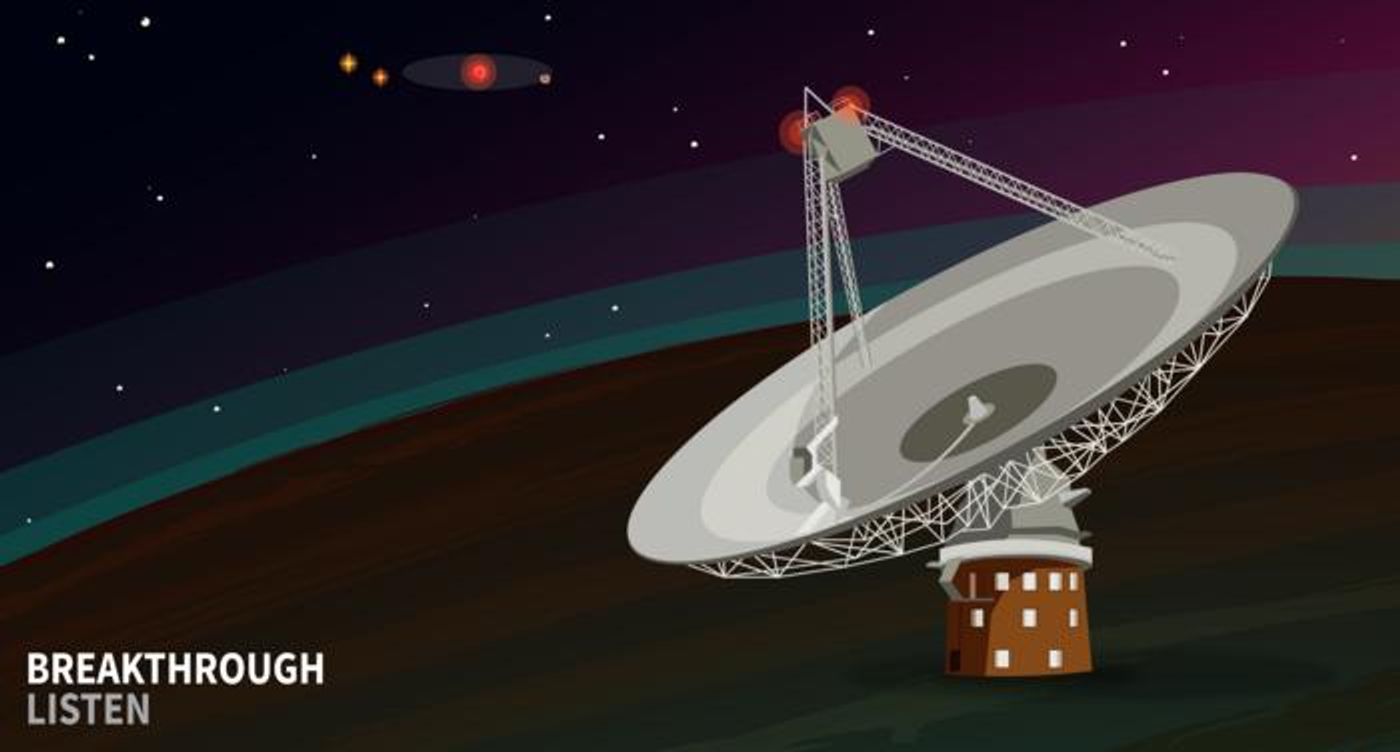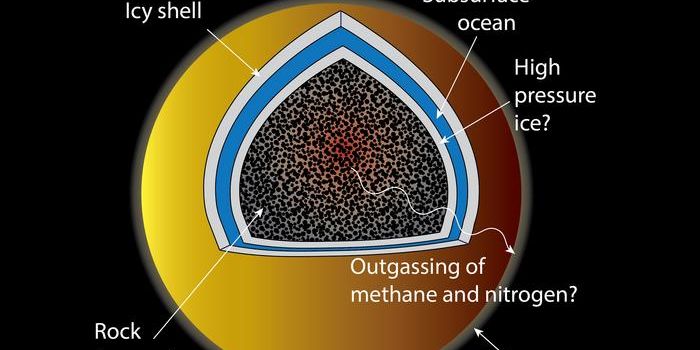New SETI Procedure Could Filter Out ET Signals from Fake Signals
A recent study published in The Astrophysical Journal examines how the search for extraterrestrial intelligence (SETI) has devised a new method, which the researchers refer to as the scintillation technique, for filtering out radio signals to verifying they are from an extraterrestrial technological civilization, also known as technosignatures, as opposed to outside radio interference, including cell phones, Starlink satellites, or even car engines. This new method was developed by researchers with the Breakthrough Listen project at UC Berkeley and holds the potential to help radio astronomers confidently detect a radio signal from alien life.
Researchers with the Breakthrough Listen project have developed a new method called the scintillation technique to monitor radio emissions outer space searching for narrowband signals that could originate from technological civilizations on other worlds. (Credit: Zayna Sheikh, Breakthrough Listen)
While traditional radio signal searches have involved scanning the skies for signals, then when one is detected, they conduct a follow-up to see if the signal originated from an artificial source such as a satellite. For this new method, all radio signals are filtered and vetted to ensure their authenticity is from interstellar space, as opposed to low Earth orbit, or even on Earth.
"I think it's one of the biggest advances in radio SETI in a long time," said Dr. Andrew Siemion, who is principal investigator for Breakthrough Listen and director of the Berkeley SETI Research Center (BSRC), and a co-author on the study. "It's the first time where we have a technique that, if we just have one signal, potentially could allow us to intrinsically differentiate it from radio frequency interference. That's pretty amazing, because if you consider something like the Wow! signal, these are often a one-off."
The Wow! signal is a famous 72-second radio signal that astronomer Dr. Jerry Ehman identified in data readouts from August 15, 1977, at Ohio State University’s Big Ear telescope. While most of the data read 1s and 2s to indicate standard background radiation, the Wow! signal had the sequence “6EQUJ5”, which prompted Dr. Ehman to scribble next to it, “Wow!”
While the Wow! signal remains the closest signal to an extraterrestrial origin, the signal has yet to be heard, or even duplicated, since that encounter.
Ever since modern SETI started snacking the heavens in 1959, radio astronomers have had to differentiate between natural cosmic sources, including supernovas or other cosmic events, to artificial sources such as technological civilizations like our own. While natural sources broadcast in broadband radio waves, technological civilizations like our own broadcast in narrowband radio waves. This is analogous to radio static versus a tuned-in AM/FM radio station. The issue with this has been trying to tune out the background noise from Earth, such as satellites or even signals derived from the Earth’s surface.
"The first ET detection may very well be a one-off, where we only see one signal," Dr. Siemion explained. "And if a signal doesn't repeat, there's not a lot that we can say about that. And obviously, the most likely explanation for it is radio frequency interference, as is the most likely explanation for the Wow! signal. Having this new technique and the instrumentation capable of recording data at sufficient fidelity such that you could see the effect of the interstellar medium, or ISM, is incredibly powerful."
Video: Study co-author, Dr. Vishal Gajjar, explains his work with the Breakthrough Listen project.
The caveat to this new method is it’s only designed to detect signals more than approximately 10,000 light-years away. This is because the signal is required to traverse enough of the ISM to demonstrate scintillation that can be detected. An example of a recent signal, the BLC1 signal, which originated from our nearest star, Proxima Centauri, would not be detectable through scintillation.
How will this new scintillation method help astronomers detect signal from an extraterrestrial intelligence in the coming years and decades? Only time will tell, and this is why we science!
Sources: The Astrophysical Journal, NASA, Breakthrough Initiatives, EurekAlert!, HowStuffWorks, SETI Institute, Wikipedia
As always, keep doing science & keep looking up!









